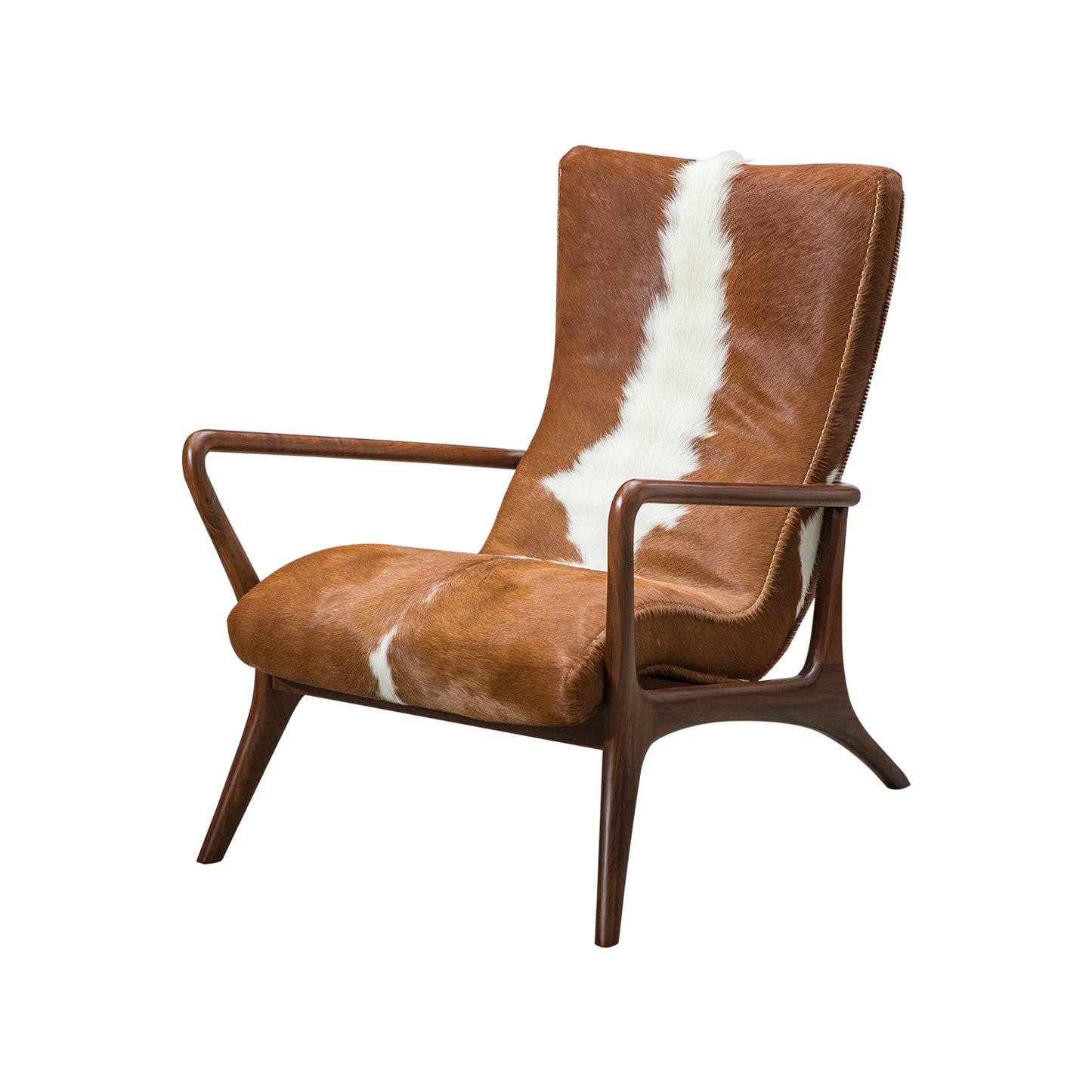The chair has long been a staple of interior furniture, serving not only as a functional piece but also as a reflection of cultural and artistic trends. From the ornate designs of the past to the sleek lines of contemporary styles, the evolution of chair design is a fascinating journey through history.

Historical Significance of Chairs
Throughout history, the chair has symbolised status and comfort. In ancient Egypt, chairs were often made of wood and adorned with intricate carvings, serving as a sign of wealth. Similarly, during the Renaissance, chairs became more elaborate, featuring rich fabrics and detailed craftsmanship. Have you ever wondered how these historical designs influence modern furniture?
- Antique Chairs: Often crafted from solid wood, these chairs showcase craftsmanship and artistry.
- Victorian Styles: Characterised by ornate details and plush upholstery, these chairs reflect the opulence of the era.
- Mid-Century Modern: This style introduced minimalist designs, focusing on functionality and simplicity.
Modern Chair Designs
In contrast to their antique counterparts, modern chairs prioritise functionality and minimalism. Designers like Charles and Ray Eames revolutionised chair design in the mid-20th century, introducing innovative materials such as moulded plywood and plastic. These materials allowed for new forms and greater comfort. What are the key features that define modern chair design?
- Simplicity: Clean lines and minimal ornamentation are hallmarks of modern design.
- Ergonomics: Modern chairs are designed with the human body in mind, promoting comfort and support.
- Versatility: Many contemporary chairs are adaptable, suitable for various settings from homes to offices.
Materials and Sustainability in Chair Design
As we move further into the 21st century, sustainability has become a crucial consideration in chair design. Designers are increasingly using eco-friendly materials, such as reclaimed wood and recycled plastics. This shift not only benefits the environment but also appeals to consumers who value sustainability. How does this trend impact the future of chair design?
Moreover, the integration of technology into chair design is becoming more prevalent. Smart chairs equipped with features like adjustable settings and built-in heating are gaining popularity, enhancing user experience. The future of chair design seems to be a blend of comfort, style, and technology.
Choosing the Right Chair for Your Space
When selecting a chair for your home or office, consider the following factors:
- Style: Ensure the chair complements your existing decor.
- Comfort: Test the chair for comfort and support before purchasing.
- Functionality: Consider how the chair will be used and choose accordingly.
For a wide selection of beautifully designed chairs, visit  . Here, you can find options that blend style and comfort seamlessly.
. Here, you can find options that blend style and comfort seamlessly.
Conclusion
The chair has undergone significant transformations over the centuries, evolving from a symbol of status to a versatile piece of furniture that meets modern needs. As we continue to innovate and adapt, the future of chair design promises to be as dynamic and exciting as its past.








